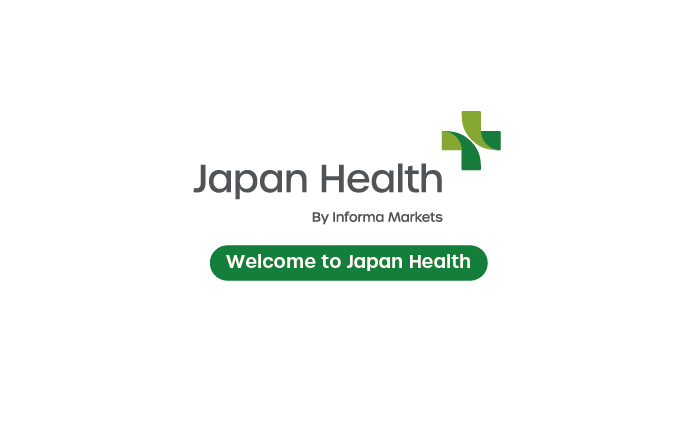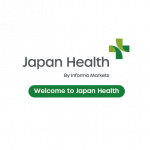As healthcare organizations rush forward to implement or optimize the EHR systems to meet guidelines for the EHR Incentive Programs, the importance of redesigning workflows oftentimes is overlooked.
EHR deployments bring a dramatic paradigm shift in workflow lacking a natural transition from paper to electronic processes. An EHR system’s core purpose is making real-time information and documentation management of patient assessments, lab and other test results, medication order history, etc., instantly available to all providers to improve patient safety and outcomes. However, both physician and nurse trends in adopting technology are dependent upon workflows that support best practices, ready access to point-of-care documentation, and efficient physical work patterns.
Prior to implementing a new system or process, it is vital to document existing workflows. This process will often identify existing practices that are suboptimal, and it allows time to address high-risk scenarios and the identification of device strategies. This documentation can then be utilized to create momentum and direction that supports clinicians via a clear path from beginning to end in the transition process.
Consider this scenario: Various versions may emerge when staff focus groups are gathered to describe current workflows. Upholding a policy can further complicate workflow re-engineering when it is found to be out of date or if there is general agreement that “the policy does not reflect actual practice.” This instance creates the perfect opportunity to research best practice, identify the workflow that supports the best practice, and reach an agreement how to translate to future workflows. Utilizing a “walkthrough” process is more effective rather than a tabletop exercise because it frequently exposes unforeseen scenarios.
Of course it is impractical to create a workflow for every procedure or practice in an acute care setting, but at a minimum certain high-risk patient transfers and procedures are ubiquitous to all acute care facilities and require workflow and include:
• ED and ICU admits and transfers;
• Transfers for surgical patients from the floor to pre-op, OR, or PACU and returning back to the floor;
• Discharge transitions to another facility or home, or in the case of death to the morgue in the hospital or elsewhere; and
• Procedures such as chemotherapy, TPN, blood transfusions, and lab tests and medication administration.
These instances are in addition to the necessity of identifying any high-risk circumstances experienced by your particular facility that may have resulted from adverse events.
Also not to be forgotten are downtime workflows such as how downtime is determined, paper processes for provision of care, backup processes pertaining to critical patient information needed to provide care, and recovery processes. Analysis and implementation of these workflows will become increasingly important as facilities develop policies for natural and manmade disaster preparedness and potential definitions of alteration of care in situations of longer-term disasters (e.g., the aftermath of Hurricane Katrina).
Hospitals and healthcare organizations are further installing EHR mobile stations, commonly known as computers on wheels (COW) or workstations on wheels (WOW), in an effort to support real-time documentation and consistent user interaction. Workflows are thus needed to support integration of these mobile EHR activities. From the IT perspective, build/form designs that do not intuitively follow care activities. For example, a nursing admission may result in frustration with subsequent documentation inadequacies. This preventable situation, in turn, jeopardizes patient care, safety and satisfaction.
Adequate access suddenly becomes a challenge if there are an inadequate number of WOWs. Decisions regarding WOW strategies when desktops are not already present in patient rooms are critical — especially if outbreaks occur requiring quarantining of patients. In the event of a future pandemic illness, alterations in workflow must be predetermined.
Prior to implementation, staff should be thoroughly trained and educated on their new workflow processes. As they work through the new changes during and after implementation, references for future workflows’ best practice documentation should be within easy reach to assist employees. Modeling early EHR adopters’ success is an excellent strategy to explain and illustrate change to providers.
Unforeseen issues are illuminated in the redesign of workflows during EHR implementation and are usually recorded as “issues” in an issue tracker. The solution is generated and typically placed in a newsletter as an update. A more useful approach is to create a workflow that addresses the issue; or, if it is related to a future state work that is incorrect, correct the future state work workflow so that it remains a viable document for the facility. Workflows now carry similar weight as facility policies in a court of law so accuracy is a must.
Well-formulated current and future state workflows augment part of the EHR system’s basic foundation not only for the initial implementation but also for future system optimizations. Overlooking this key step can be a contributing factor in employee dissatisfaction and implementation and optimization failures, negatively impacting patient care quality.
Post Views: 165

































